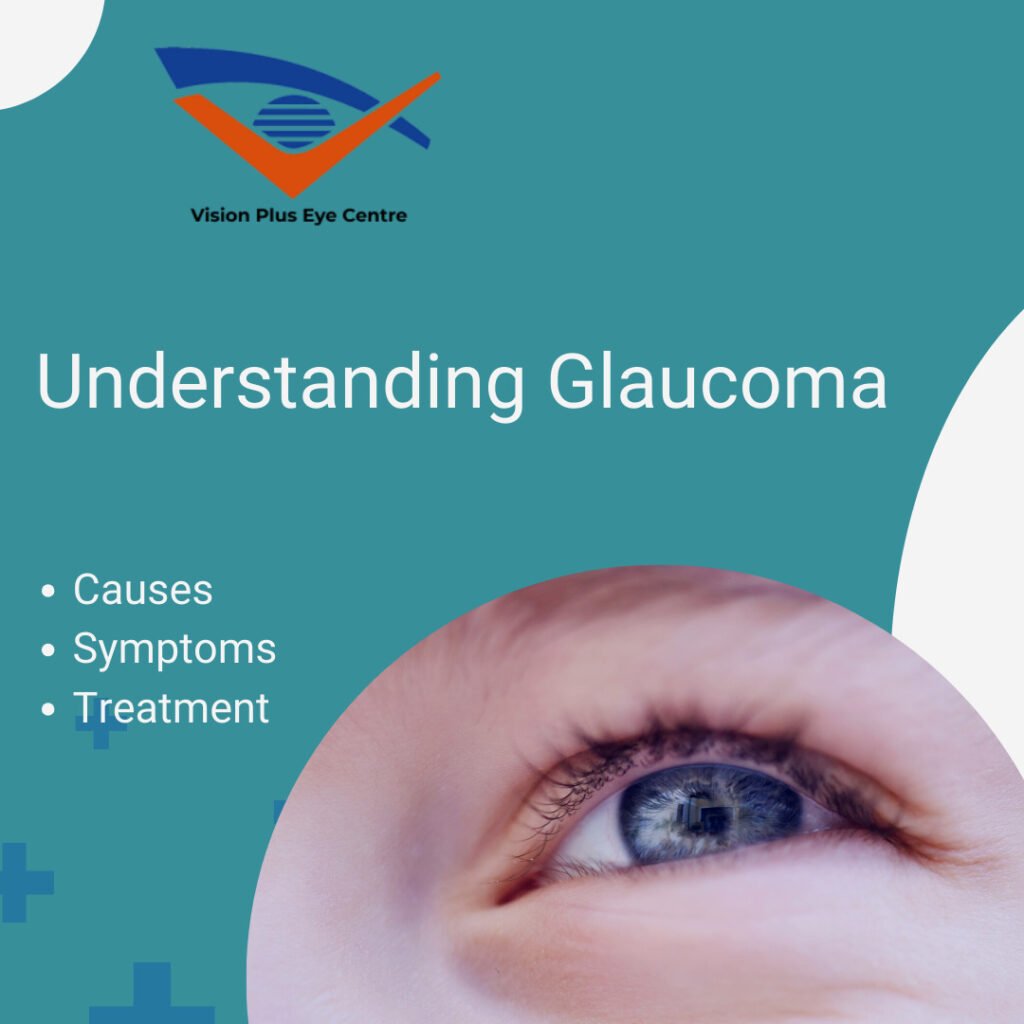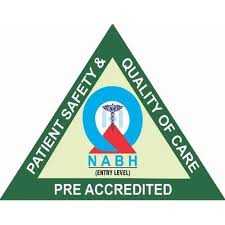
The world of ophthalmology is vast, and within it, there are several eye conditions that can have a profound impact on one’s vision and overall quality of life. One such condition is glaucoma. Often referred to as the “silent thief of sight,” glaucoma is a group of eye diseases that gradually steal vision without warning. It’s crucial to understand the causes, symptoms, and treatment options for this potentially blinding condition.
What Is Glaucoma?
Glaucoma is a term used to describe a group of eye diseases that damage the optic nerve, the crucial structure responsible for transmitting visual information from the eye to the brain. This damage typically occurs due to increased intraocular pressure (IOP), but it can also happen at normal IOP levels.
Causes of Glaucoma
- Increased Intraocular Pressure (IOP): The most common cause of glaucoma is elevated IOP. This occurs when the clear fluid inside the eye, known as aqueous humor, does not drain properly. The resulting pressure can damage the optic nerve over time.
- Genetics: Family history plays a significant role in glaucoma risk. If you have a close relative with glaucoma, your risk of developing the condition is higher.
- Age: Glaucoma is more common as people age, particularly after the age of 60.
- Ethnicity: Some ethnic groups, such as African Americans and Hispanics, are at a higher risk of developing certain types of glaucoma.
- Other Medical Conditions: Conditions like diabetes, high blood pressure, and heart disease can increase the risk of glaucoma.
Types of Glaucoma
There are several types of glaucoma, but the two most common are:
- Primary Open-Angle Glaucoma (POAG): This is the most common type of glaucoma and typically progresses slowly without noticeable symptoms until vision loss occurs. It results from a gradual clogging of the drainage canals in the eye, leading to increased IOP.
- Angle-Closure Glaucoma: This type is more sudden and painful, often associated with a sudden increase in IOP due to the blockage of the eye’s drainage angle. Angle-closure glaucoma can lead to rapid vision loss and is considered a medical emergency.
Symptoms of Glaucoma
In the early stages, glaucoma often has no symptoms, which is why it’s called the “silent thief of sight.” As the disease progresses, symptoms may become more apparent. These can include:
- Gradual Loss of Peripheral Vision: One of the hallmark symptoms of glaucoma is the gradual loss of peripheral vision, often referred to as tunnel vision. This can make it challenging to see objects to the side or in the periphery.
- Blind Spots: Glaucoma can lead to the development of blind spots in your field of vision. These gaps in your vision may be more noticeable when reading or looking at specific objects.
- Halos Around Lights: Some individuals with glaucoma report seeing halos around lights, especially at night.
- Redness or Pain in the Eye: Angle-closure glaucoma can cause severe eye pain, redness, and headaches. If you experience these symptoms, seek immediate medical attention.
- Nausea and Vomiting: Angle-closure glaucoma can also lead to nausea and vomiting, often accompanied by severe eye pain.
Diagnosing Glaucoma
Regular eye examinations are crucial for the early detection of glaucoma. During an eye exam, an ophthalmologist or optometrist will:
- Measure Intraocular Pressure (IOP): Elevated IOP is a risk factor for glaucoma, so measuring eye pressure is a key part of the diagnosis.
- Examine the Optic Nerve: The doctor will evaluate the appearance of the optic nerve for any signs of damage.
- Visual Field Test: This test assesses your peripheral vision and can detect the presence of blind spots.
- Gonioscopy: This procedure examines the drainage angle of the eye to determine if it’s open or closed.
- Pachymetry: A pachymeter is used to measure the thickness of the cornea, as thin corneas may be a risk factor for glaucoma.
Glaucoma Treatment
While there is no cure for glaucoma, the goal of treatment is to manage the condition, slow down its progression, and preserve as much vision as possible. Treatment options may include:
- Eye Drops: Prescription eye drops are often the first line of treatment. These drops can help reduce IOP by either decreasing the production of aqueous humor or improving its drainage.
- Oral Medications: In some cases, oral medications may be prescribed to lower IOP. These are typically used when eye drops alone are not sufficient.
- Laser Therapy: Laser procedures, such as selective laser trabeculoplasty (SLT) and laser peripheral iridotomy (LPI), can help improve the drainage of aqueous humor from the eye.
- Surgery: In cases where eye drops, medications, and laser therapy are not effective, surgical options like trabeculectomy or implanting drainage devices may be considered.
- Lifestyle Changes: Lifestyle changes, such as managing other medical conditions like diabetes and high blood pressure, can help reduce the risk of glaucoma progression.
Preventing Glaucoma
While some risk factors for glaucoma, like age and genetics, cannot be controlled, there are steps you can take to potentially reduce your risk:
- Regular Eye Exams: Schedule regular eye examinations with an ophthalmologist or optometrist, especially if you have a family history of glaucoma.
- Follow Treatment Plans: If you are diagnosed with glaucoma, it’s crucial to follow your prescribed treatment plan and attend regular follow-up appointments.
- Healthy Lifestyle: Maintain a healthy lifestyle by managing medical conditions, eating a balanced diet, and staying physically active.
- Eye Protection: Protect your eyes from injury by wearing safety goggles or glasses when participating in high-risk activities.
Conclusion
Understanding glaucoma is essential for early detection and effective management. This eye condition, often asymptomatic in its early stages, can gradually lead to vision loss if left untreated. Regular eye examinations, especially for individuals with risk factors, play a vital role in identifying glaucoma early. With prompt diagnosis and appropriate treatment, it’s possible to manage glaucoma and preserve vision for a better quality of life. If you have concerns about your eye health or risk factors for glaucoma, consult with an eye care professional for personalized guidance and care.
Call Now at 0120-2481481, 2480480 +91 88003 13134 or email us at info@visionplus.net.in.
Book an Online Appointment: https://visionplus.net.in/contact/

